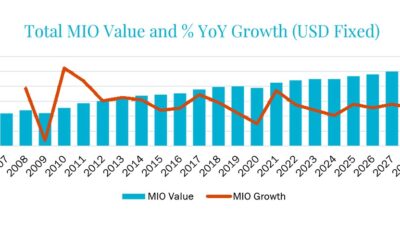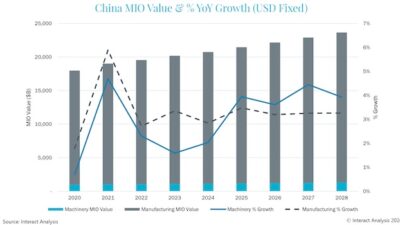Quality drives productivity through process optimization, cost reductions, and intuitive quality controls.
When customers manufacture products with the desired quality and at the highest level of productivity, we refer to it as their "productivity advantage." Historically, quality and productivity have been oppositional forces, with the mentality that quality was merely the fulfillment of a compliance requirement.
The reality is when an efficient quality process is an integral part of the design and manufacturing processes, or part of a "closed-loop quality process," quality becomes a critical driver of productivity. When we think of how quality drives productivity, there are three main drivers:
1. Valuable process optimization
2. Significant cost reduction
3. Intuitive quality control.
Valuable process optimization
How do you determine what "valuable" processes are, and then how do you optimize them? First, think about quality throughout the entire product lifecycle, and have transparency into the cross-lifecycle value streams create that product from concept to end-of-life. Those processes must embrace Lean principles and starting from value-added processes for optimization work. Real-time information on those processes must be available and actionable, enabling prompt actions for deviations as well as feeding product history information back into design. Optimization must be supported by systematized continuous improvement processes—naturally incorporated into the current product lifecycle and the next.
Significant cost reduction
On the surface, systematizing the value streams throughout the product lifecycle yields first-order cost reduction, including:
- Elimination of paper and manual processes
- Elimination of resource waste through visibility and transparency
- Reduction in process and cycle times
- Automated compliance support.
Moving to automated manufacturing and quality processes can help companies achieve a 56% reduction in cycle times. Yet the dramatic effect is the reduction in the occurrence and cost of defects. The most incremental and costly processes are related to rework and scrap.
Intuitive quality control
Half of all quality costs can be attributed to suboptimal quality control, poor quality management and the lack of prevention measures. How do you achieve intuitive quality control? By having quality be a natural part of the value streams. Think about systems that offer standardization and homogenization, a centralized data base, standardized reporting, key performance indicator (KPI) visualization, and complete transparency. Quality that yields productivity should be completely integrated with ERP, PLM, and MES systems to create end-to-end value streams rather than another point solution.
Quality architected correctly really does drive a productivity advantage, as well as supporting a manufacturer’s brand and customer satisfaction. Product quality governs the success of manufacturing companies.
MESA International
Valérie Goulévitch, head of marketing and communication at Siemens PLM Software, member of MESA International. This article originally appeared on MESA International’s blog. MESA International is a CFE Media content partner. Edited by Chris Vavra, production editor, CFE Media, [email protected].



